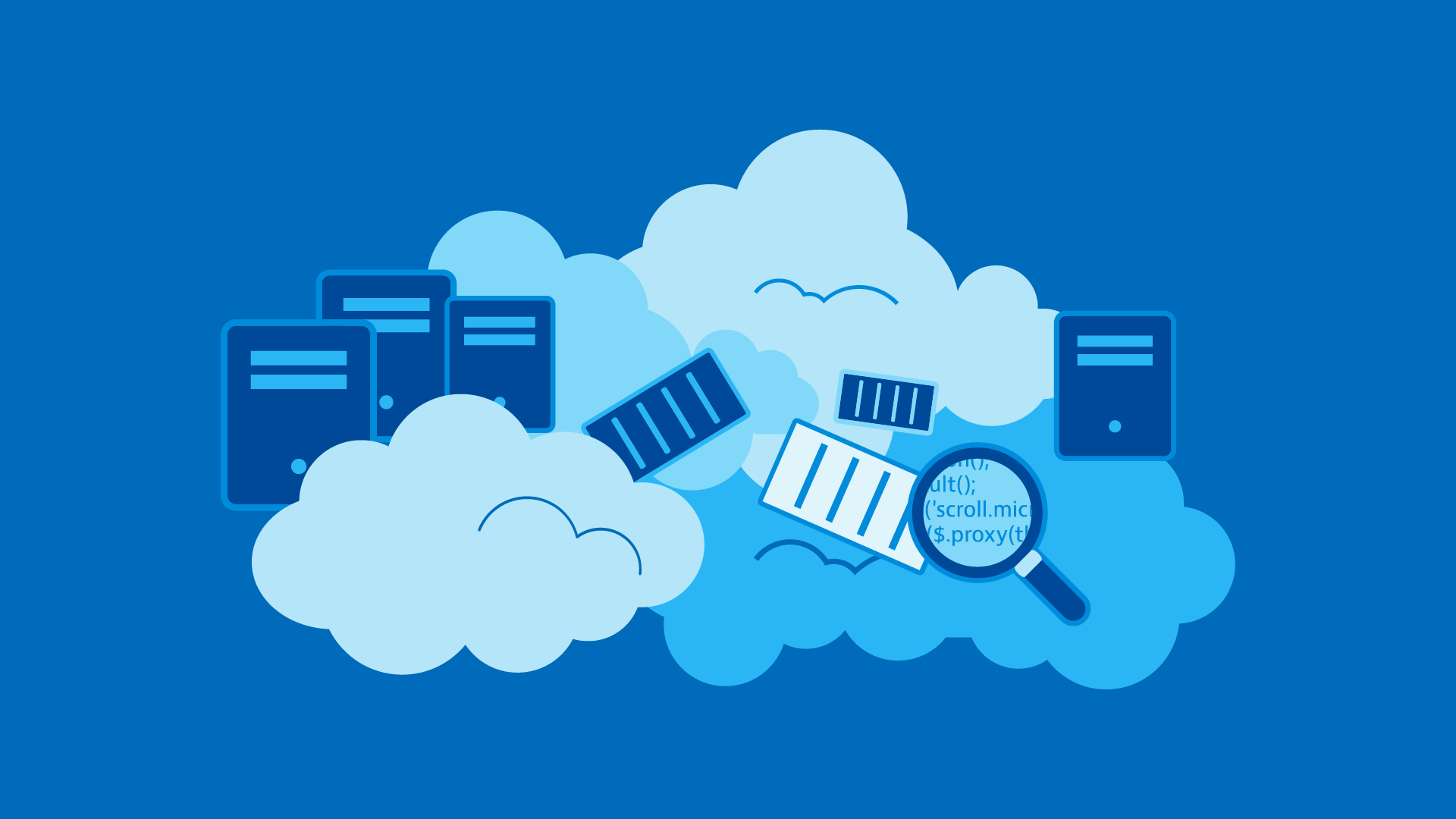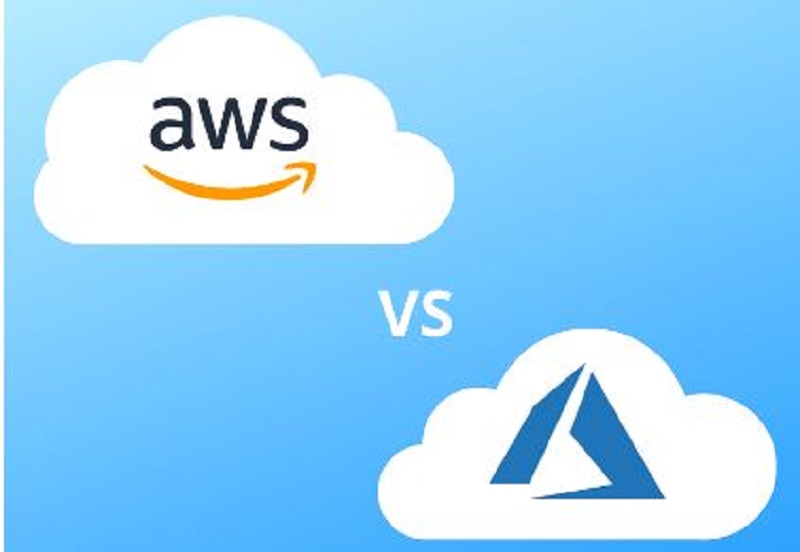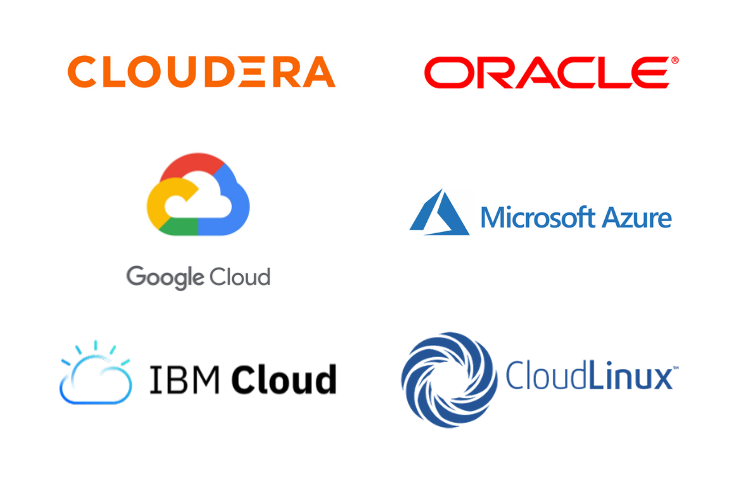
Containers are a useful tool for cloud migration adoption, but they may be unfamiliar to those who have not worked with them before. This post provides a high-level overview of containers and their functions.
The role of container technology in Cloud Migration
Large-scale cloud migrations often require balancing the desire for ambitious goals with practical considerations. There is often a deadline for the migration to be completed, but modernizing workloads to use the full capabilities of the cloud can be time-consuming. Containers offer a faster and simpler way to partially modernize applications so they can function well in the new environment.
What is a container?
Containers are a way to package IT applications and everything they need to run in a single place. Like physical shipping containers, virtual containers can be easily transported from one location to another without regard for their contents.
It’s important to note that using containers does not provide the same benefits as fully modernizing an application to be cloud-native. However, it can be a useful way to simplify cloud migration and adoption, while still taking advantage of some cloud capabilities.
By bundling an application’s dependencies in a single package, containers can help solve problems with code portability. This makes it easier to deploy software in the cloud in a modern and efficient way.
To fully realize the benefits of containers, they should be used in conjunction with orchestration services. Major cloud providers offer their own container services that are compatible with popular container software like Docker, and open-source orchestration systems like Kubernetes are also commonly used.
Benefits of using containers in Cloud Migration
Containers are more lightweight and cost-effective than virtual machines (VMs) because they do not require a dedicated operating system (OS). Instead, they rely on the features and resources of a central OS that can host multiple containers. This means that containers are smaller in size than VMs, which can save on OS licensing and management costs.
Containers are more efficient than VMs, which means that resources can be used more effectively, such as running and scaling applications as needed. They are also faster to spin up, making them a good choice for situations where demand needs to be quickly met by scaling out.
Creating a container image that includes code, configuration, and dependencies results in a consistent asset that can be deployed in any environment. This means that developers can test in a development environment or on their own machines with confidence that the code will work when deployed to production. The consistency between environments reduces the need for troubleshooting and speeds up the deployment process.
Containers can be a good option when an older application needs to be moved to the cloud but a full rebuild is not feasible. Containerizing legacy applications can improve their operability in the cloud and takes less time than modernizing them. This is a more effective approach than simply “lifting and shifting” the application, which only offers limited benefits.
Container in Cloud Migration orchestration
Containers can also be used to run applications at scale, by running many containers across multiple nodes in a cluster to provide high availability and resilience. There are tools available to help with this process, such as Docker’s Swarm orchestration platform, which allows you to scale out and scale in based on demand.
Kubernetes is another container orchestration platform that has similar features to Swarm and additional advanced options for deploying and updating applications at scale. It was developed by Google and is a reliable solution for enterprise-level container orchestration.
Both Swarm and Kubernetes offer stateful detection, which means that a specified number of instances of a container image will always run as expected on the cluster. For example, if you need three instances of a container to be running at all times, the orchestration system will ensure that this is the case, even if one of the hosts fails. This process happens automatically and does not require manual intervention.
A quicker, easier way to unlock cloud benefits
Containers can make cloud migration fast and effective by allowing you to modernize applications and take advantage of cloud benefits without needing to recode or rebuild them. They are also useful for quickly creating or expanding environments once you are in the cloud. Overall, containers are an important part of the process of adopting the cloud.
Here at CourseMonster, we know how hard it may be to find the right time and funds for training. We provide effective training programs that enable you to select the training option that best meets the demands of your company.
For more information, please get in touch with one of our course advisers today or contact us at training@coursemonster.com









